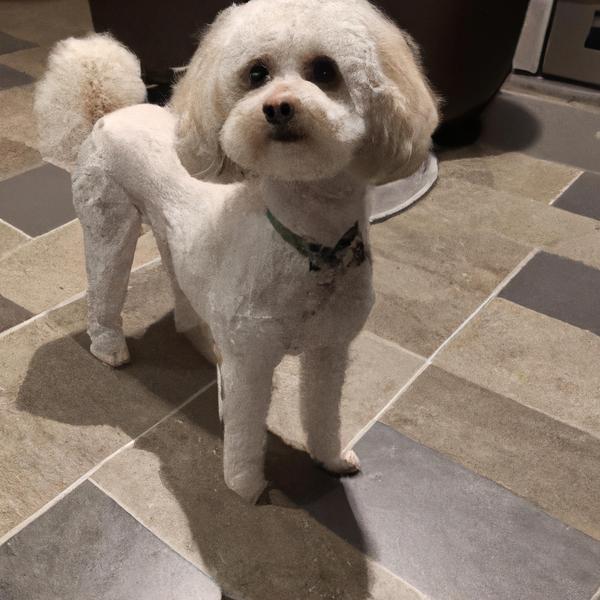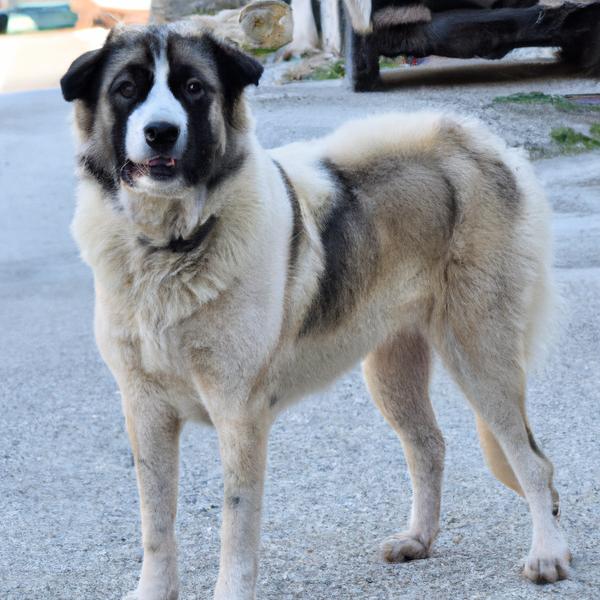Bolonoodle vs. Croatian Sheepsky: Breed Differences and Similarities
Hypoallergenic
Are Bolonoodles or Croatian Sheepskys hypoallergenic, or neither?
While no dogs are truly 100% hypoallergenic, Bolonoodles are about as close as it gets, making them an ideal pet if you are an allergy sufferer.
Unfortunately, the Croatian Sheepsky is not hypoallergenic, making it not a good choice for a dog lover who suffers from pet allergies.
Temperament
What are the personalities of Bolonoodle and Croatian Sheepsky dogs?
Active
Playful
Alert
Intelligent
Loyal
Devoted
Trainable
Calm
Faithful
Easygoing
Instinctual
Earnest
Willing
Serene
Agile
Energetic
Alert
Intelligent
Friendly
Outgoing
Gentle
Companionable
Keen
Shedding Level
Do Bolonoodles shed more than Croatian Sheepskys, or which breed sheds more, Bolonoodles or Croatian Sheepskys?
Bolonoodles shed very little hair, making them a great choice for those who dislike excess hair in the house.
Croatian Sheepskys are heavy shedders, but regular brushing can help manage shedding and promote a healthy coat.
Ancestry
What are the origins of Bolonoodle and Croatian Sheepsky breeds?
Poodle and Bolognese
Siberian Husky and Croatian Sheepdog
Breed recognition
Which kennel clubs recognize/register Bolonoodle and Croatian Sheepsky?
ACHC = American Canine Hybrid Club
DBR = Designer Breed Registry
DDKC = Designer Dogs Kennel Club
DRA = Dog Registry of America, Inc.
IDCR = International Designer Canine Registry®
DRA = Dog Registry of America, Inc.
Date of Birth
When were Bolonoodle and Croatian Sheepsky breeds first developed?
2005
Unknown
Litter Size
What is the usual litter size for Bolonoodle and Croatian Sheepsky?
A Bolonoodle can have a litter of 2-4 puppies on average. However, it's worth noting that the size of the litters can vary greatly. Factors that can influence litter size include the health of the mother, breeding history, and genetics.
A Croatian Sheepsky can have a litter of 4-8 puppies on average. However, it's worth noting that the size of the litters can vary greatly. Factors that can influence litter size include the health of the mother, breeding history, and genetics.
Adaptability
Bolonoodle and Croatian Sheepskys are known for their adaptability and versatility. They are capable of adapting well to a wide range of lifestyle changes and living environments, making them great companions for families and individuals of all lifestyles.
Health Issues
Between Bolonoodle and Croatian Sheepsky, which breed is more prone to health problems?
Bolonoodle and Croatian Sheepsky breeds are generally considered to be healthy. However, like all breeds, they are susceptible to certain health issues and it is important to keep an eye out for them and address them with your veterinarian as needed.
Major Concerns
What are the major health concerns for Bolonoodle and Croatian Sheepsky breeds?
Patellar Luxation
Progressive Retinal Atrophy
Retinal Dysplasia
Mitral Valve Disease
Obesity
Progressive Retinal Atrophy
Cataracts
Bloat
Corneal Dystrophy
Minor Concerns
What minor health issues should be kept in mind when owning Bolonoodle and Croatian Sheepsky?
Sebaceous Adenitis
Urolithiasis
Hip Dysplasia
Skin Allergies
Diabetes
Patellar Luxation
Hypothyroidism
Occasional Tests
What occasional tests are recommended for Bolonoodle and Croatian Sheepsky breeds?
Eye
Hip
Knee
Heart
Blood And Urine Protein Screens
Physical Examination
Knee
Thyroid Tests
X-Rays
Eye Examination
Physical Examination
Social Needs
Bolonoodle vs Croatian Sheepsky social needs comparison
Bolonoodle has very high social needs and requires regular mental and physical stimulation, a job or purpose, and companionship.
Croatian Sheepsky has average social needs and is less independent than other breeds.
Sleeping Need
Which of the two sleeps the most/least: Bolonoodle or Croatian Sheepsky?
Bolonoodles have moderate energy levels and typical sleep patterns of 12-14 hours per day.
Croatian Sheepskys are active and require sufficient sleep to stay healthy.
Mouthiness
Mouthiness Comparison: Bolonoodle vs Croatian Sheepsky?
Roaming urge
Bolonoodle vs Labrador: Running away tendency?
Prey Drive
Bolonoodle or Croatian Sheepsky - which breed has a higher level of prey drive?
Tolerance of being left alone
Grooming
Which breed is easier to maintain in terms of grooming, Bolonoodles or Croatian Sheepskys?
Bolonoodles require significant grooming, including regular trims and professional grooming assistance to maintain their coat. They may also require frequent bathing to keep their coat and skin healthy.
The Croatian Sheepsky requires an average amount of grooming compared to other breeds.
Sensitivity Level
How do Bolonoodle and Croatian Sheepsky compare in sensitivity?
These dog breeds are particularly attuned to its environment and the emotions of those around it. Bolonoodle and Croatian Sheepsky can be easily overwhelmed by loud noises, new environments, unfamiliar people, or animals. This dog breed is best suited for individuals or families who are patient, gentle, and understanding of its sensitive nature. It may also benefit from a calm and stable home environment, with a consistent routine and plenty of positive reinforcement training.
Apartment Friendly
Which breed is more apartment-friendly: Bolonoodle or Croatian Sheepsky?
Bolonoodles make excellent apartment dogs, being fairly active indoors and not requiring a yard.
Croatian Sheepskys are good apartment dogs as long as they get enough exercise and stimulation outside of the apartment.
Child Friendly
Do Bolonoodles or Croatian Sheepskys have a friendlier temperament towards children?
Bolonoodles make excellent family pets for kids due to their gentle, protective nature and calm temperament.
Croatian Sheepskys are good with kids if socialized and trained from a young age.
Senior-friendly
Which dog is more suitable as a pet for the elderly - Bolonoodle or Croatian Sheepsky?
Cat Friendly
Do Bolonoodle or Croatian Sheepsky breeds have a better compatibility with cats?
Bolonoodles are very friendly with cats and make great companions for them.
Croatian Sheepskys are somewhat cat friendly and can be trained to get along with cats.
Dog Friendly
Which breed is more sociable with other dogs: Bolonoodle or Croatian Sheepsky?
Bolonoodles are generally very friendly towards other dogs, with a happy and affectionate temperament.
Croatian Sheepskys are friendly and active companions, and can be good family pets, though their friendliness towards other dogs may vary.
Pet friendly
How do Bolonoodle or Croatian Sheepsky dogs interact with other pets?
Stranger Friendly
Which breed is more friendly with strangers: Bolonoodle or Croatian Sheepsky?
Bolonoodles are highly friendly around strangers.
Croatian Sheepskys are averagely friendly around strangers but benefit from early socialisation.
Playfulness
Which breed is more playful between Bolonoodle and Croatian Sheepsky?
Bolonoodle and Croatian Sheepsky are playful dogs. So, no matter how busy the day may get, the best thing you can do for Bolonoodle and Croatian Sheepsky is to make time each day to play. It can be as little as 15-20 minutes, and it will mean the world to them.
Trainability
How do the trainability levels of Bolonoodles and Croatian Sheepskys compare?
Bolonoodles are popular for their ease of training and quick learning ability.
Croatian Sheepskys are usually easy to train but require consistency to fully obey commands.
Compare Bolonoodle with other breeds
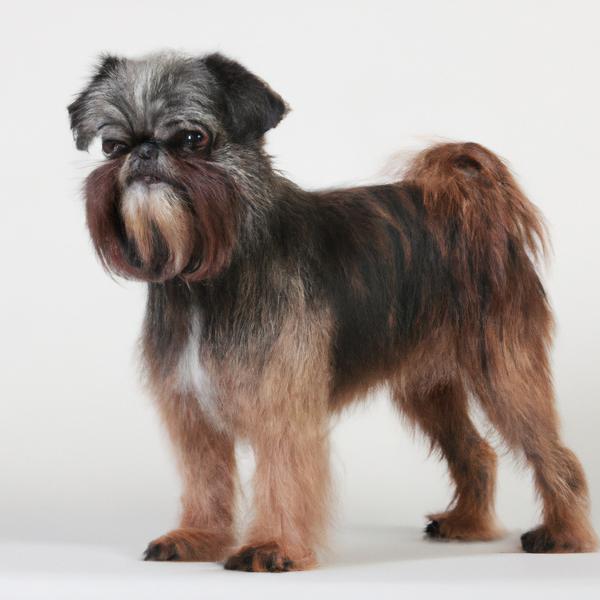
English Toy Griffon
Bolonoodle vs English Toy Griffon
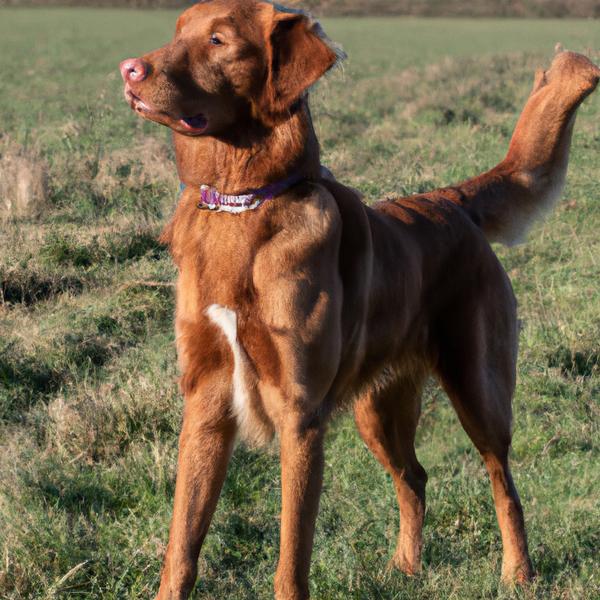
Chatham Hill Retriever
Bolonoodle vs Chatham Hill Retriever
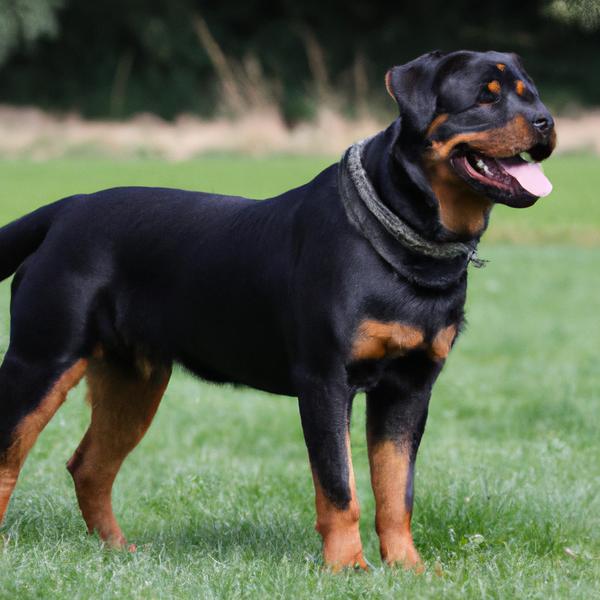
New Rottland
Bolonoodle vs New Rottland
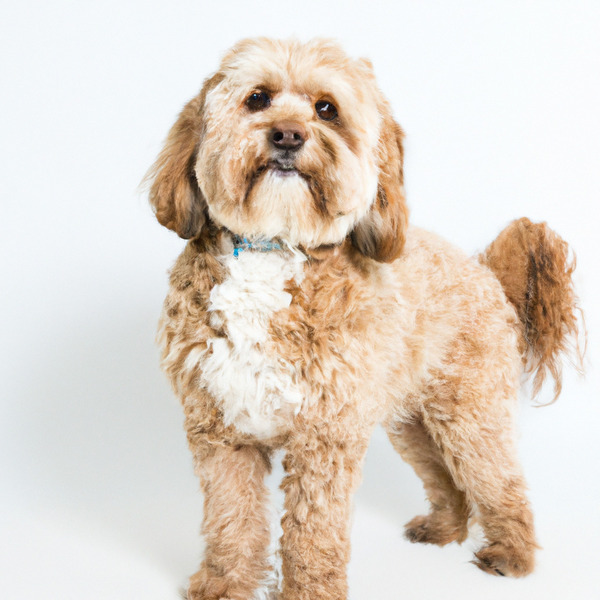
Cavapoo
Bolonoodle vs Cavapoo
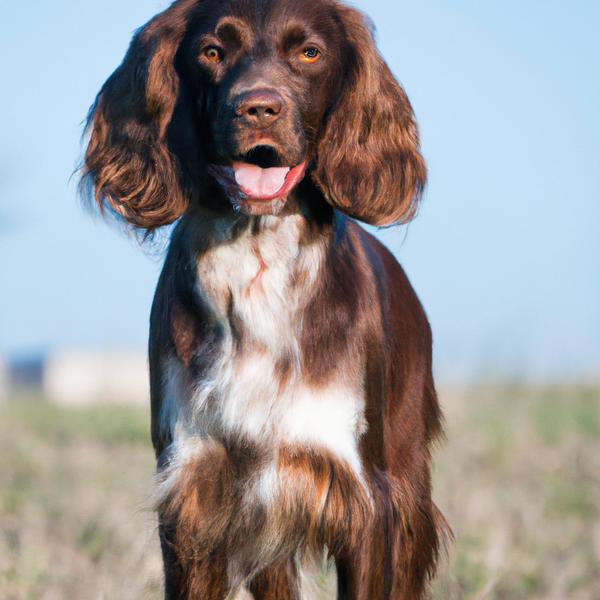
Field Spaniel
Bolonoodle vs Field Spaniel
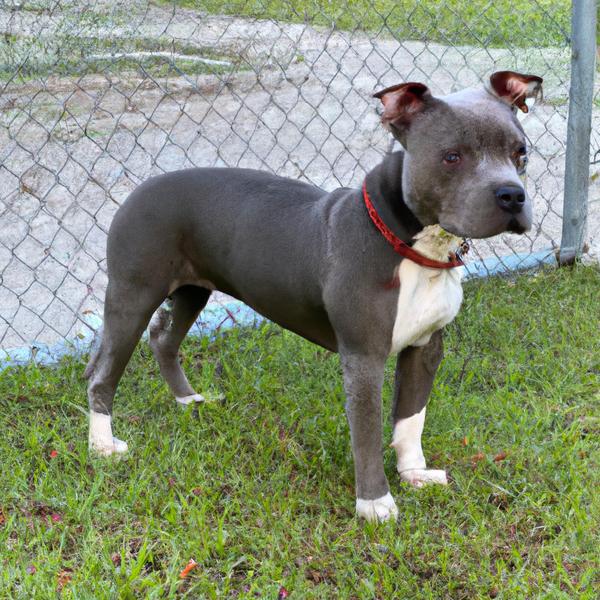
Pocket Pitbull
Bolonoodle vs Pocket Pitbull
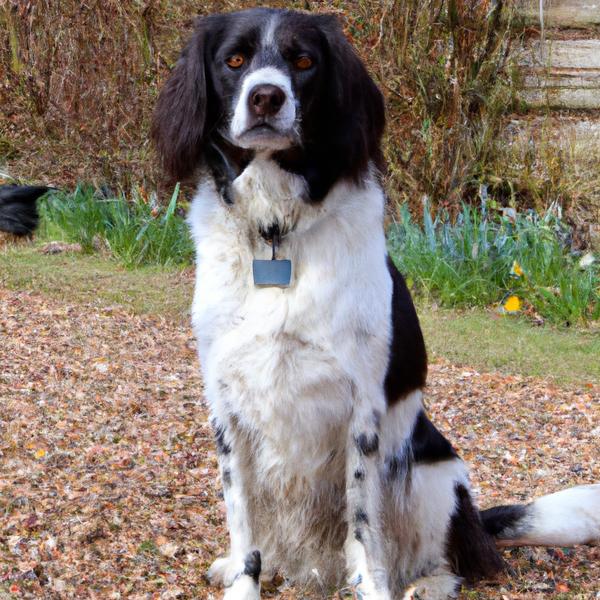
Border Springer
Bolonoodle vs Border Springer
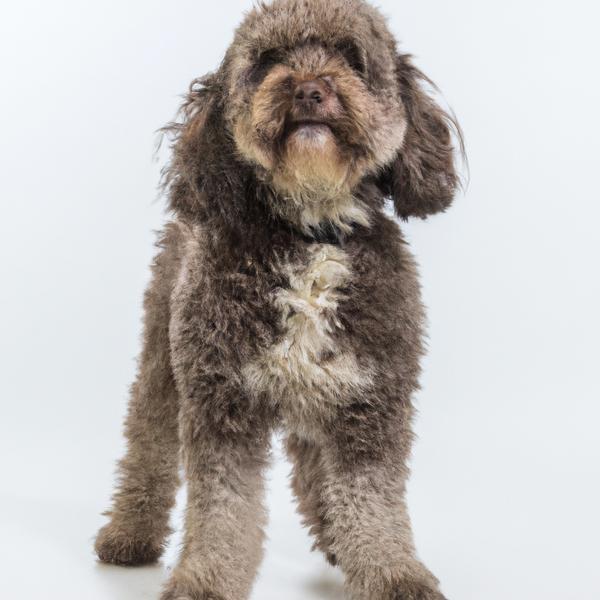
Chesa-Poo
Bolonoodle vs Chesa-Poo
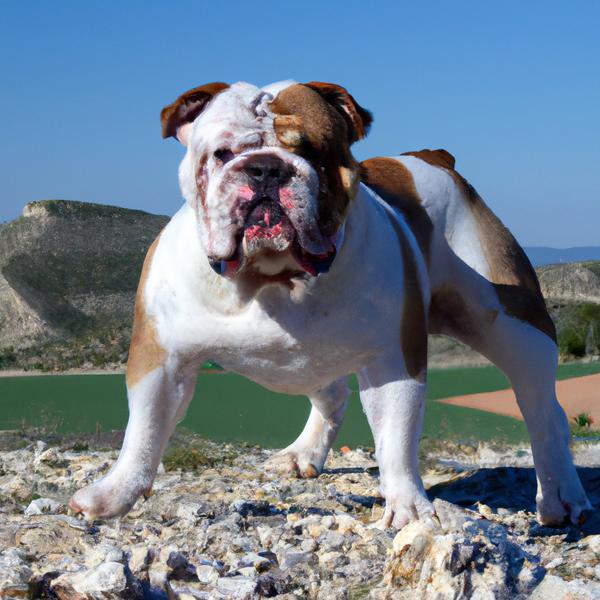
Mountain Bulldog
Bolonoodle vs Mountain Bulldog
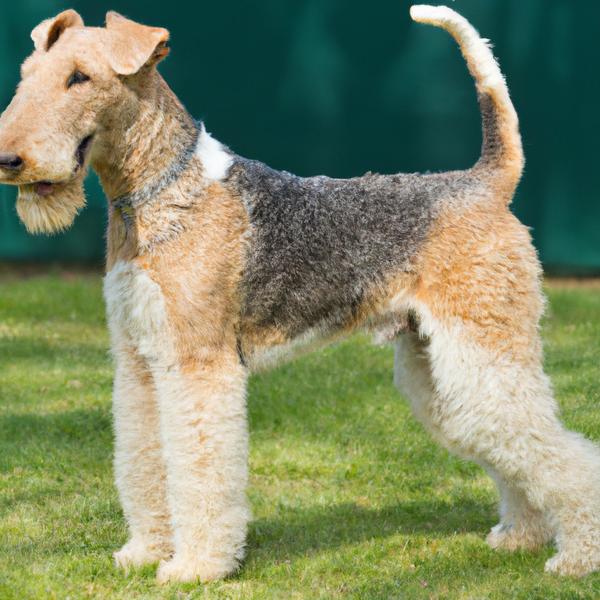
Welsh Wire Fox Terrier
Bolonoodle vs Welsh Wire Fox Terrier
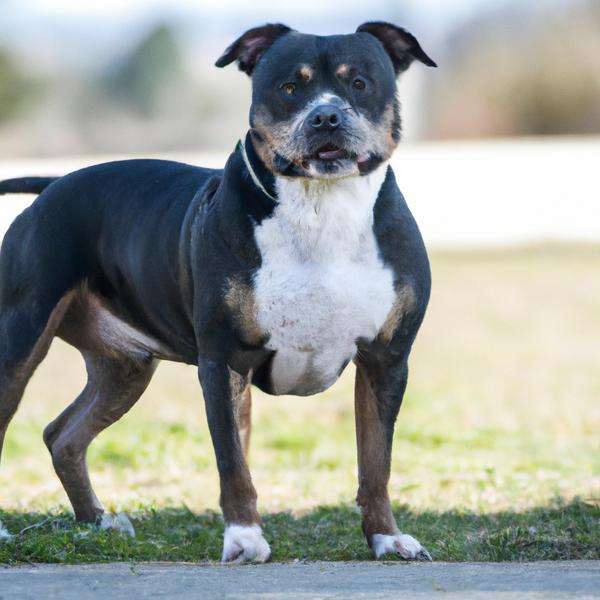
American Bullweiler
Bolonoodle vs American Bullweiler
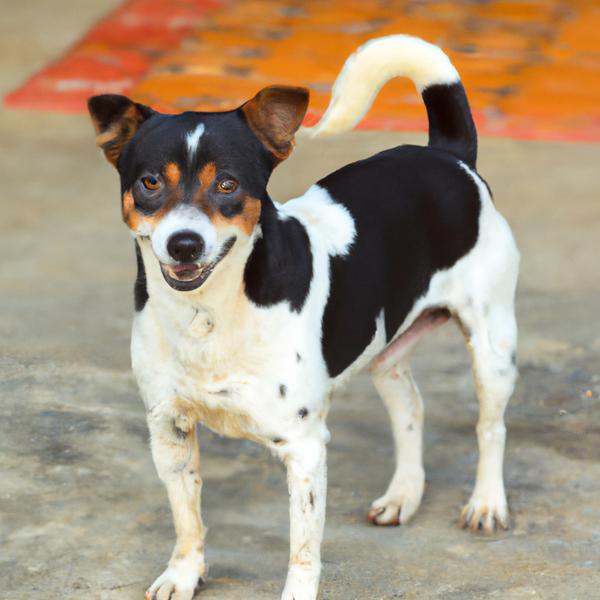
China Jack
Bolonoodle vs China Jack
